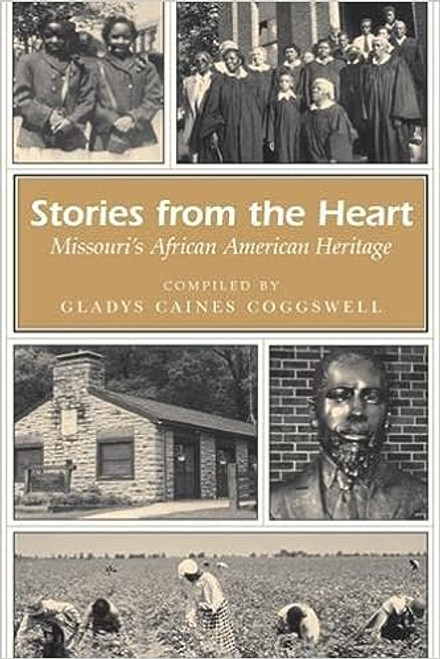Southeast Missouri from Swampland to Farmland by John C. Fisher
As the 20th century began, swamps with immense timber resources covered much of the Missouri Bootheel. After investors harvested the timber, the landscape became overgrown. The conversion of swampland to farmland began with small drainage projects but complete reclamation was made possible by a system of ditches dug by the Little River Drainage District—the largest in the U.S., excavating more earth than for the Panama Canal.
Farming quickly took over. The devastation of Southern cotton fields by boll weevils in the early 1920s brought to the cooler Bootheel an influx of black and white sharecroppers and cotton became the principal crop. Conflict over New Deal subsidies to increase cotton prices by reducing production led to the 1939 Sharecropper Demonstration, foreshadowing civil rights protests three decades later.
About the Author
John C. Fisher is the author of three historical books, numerous food related articles, and a column for Missouri Life Magazine. He lives in Kennett, Missouri.
Product Specifications
Published by McFarland Publishing, paperback. 2017. 260 pages







